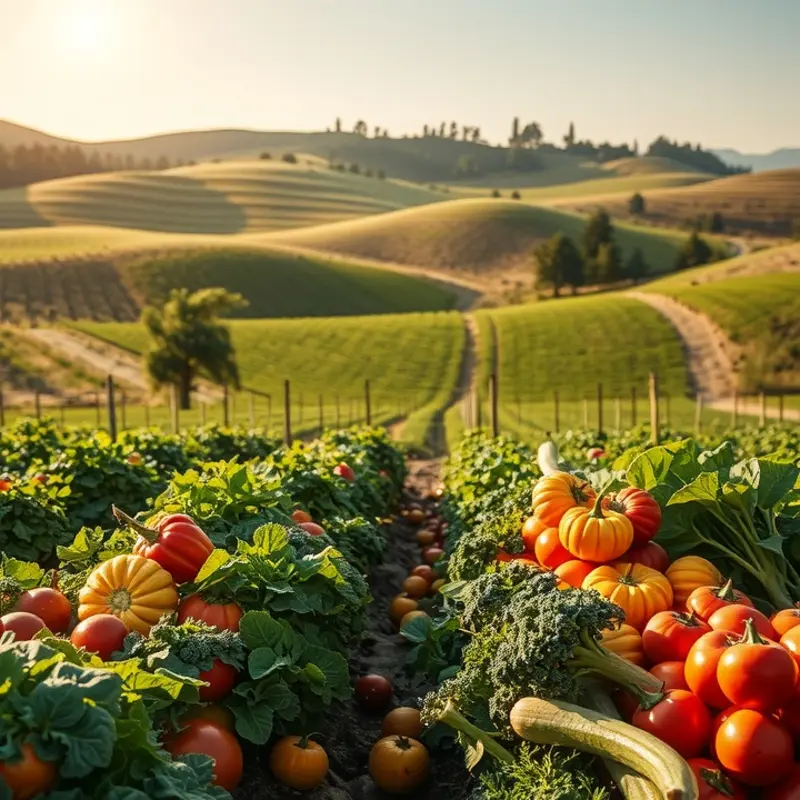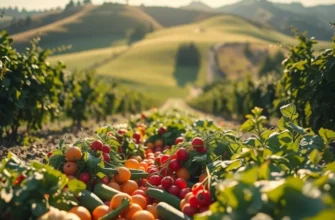Cooking with wine can enhance flavors and elevate dishes to new heights. This guide will introduce you to the basics of using wine in your cooking repertoire. Whether you’re a novice in the kitchen or a seasoned cook, learning how to incorporate wine can add depth and sophistication to your meals. Embrace this culinary adventure and unlock the secrets of cooking with wine!
Choosing the Right Wine for Cooking

Selecting the right wine for cooking is essential to enhancing the flavor profile of your dish. Both red and white wines bring unique qualities to recipes, and understanding how these interact with ingredients can elevate your culinary creations.
When choosing a wine, consider the dish’s primary flavors. White wines tend to be more acidic, and they pair well with lighter proteins such as chicken, fish, or shellfish. Their crisp nature complements creamy or citrusy sauces. A dry white wine can enhance dishes like risotto or pasta primavera by adding sharpness and balance to the flavors.
Red wines are typically robust and tannin-rich, making them suited for heartier proteins like beef or lamb. They add depth to tomato-based sauces or dishes with root vegetables, enhancing complex dishes such as beef stew or braised short ribs. When cooking for a long time, opt for wines with moderate tannins, as these deepen flavors without overpowering the dish.
Quality does matter, but you don’t need to splurge on expensive bottles. A general rule is to cook with a wine you’d enjoy drinking. Look for wines that are well-balanced, without too much sweetness or bitterness. Avoid overly processed wines or those that have ‘cooking wine’ labels, as they often contain salt and preservatives that can interfere with the dish’s flavor balance.
For those interested in exploring sustainable cooking options, you might also consider wines that support ecological values. Understanding wine’s natural flavors and choosing eco-friendlier options could add a meaningful narrative to your cooking approach. For more information on sustainable choices, consider reading about eco-smart kitchen storage.
To round out the decision-making process, pair your chosen wine with the overall cuisine theme. Mediterranean dishes might benefit from a crisp Sauvignon Blanc or a bright Chianti, while French cuisine often shines with a Chardonnay or a Burgundy. Additionally, global influences can guide wine selection, highlighting cultural accompaniments that complement traditional flavor profiles.
Ultimately, the key to mastering wine in your cooking is experimentation. Start with small quantities to learn how wine interacts with different ingredients. Over time, you will develop an intuitive sense for which wines best complement your favorite dishes. As you’re honing these skills, remember that wine should enhance, not overshadow, the robust flavors already present in your carefully curated ingredients.
Techniques for Cooking with Wine

Incorporating wine into your cooking doesn’t need to be intimidating. There are several key techniques that can transform your dishes into culinary masterpieces. Understanding when and how to add wine ensures you take full advantage of its complex flavors and aromas.
Deglazing is one of the most popular techniques. After sautéing or roasting, bits of food will stick to the bottom of the pan. Pouring a splash of wine into the hot pan helps dissolve these flavorful morsels, creating a base for a rich sauce. It’s important to let the alcohol evaporate by simmering the mixture, leaving behind only the layers of flavor. This step is crucial for balancing the acidity and sweetness of the wine, which can vary widely depending on the type you choose.
For marinating proteins, wine adds depth and tenderizes your meat, thanks to its acidity and tannins. When choosing wine for marinades, select a bold red for lamb or beef to complement their robust flavors. Meanwhile, try a crisp white wine for chicken or fish. Marinating times matter. Over-marinating can overpower the dish, so save your longest marinades for the toughest meats and aim for a few hours at most for more delicate proteins.
Reducing wine is another technique to consider. Start by simmering the wine on low heat until it’s reduced by about half. This process intensifies the wine’s flavor, making it more potent in your dish. Add this reduction to sauces, stews, or soups for a concentrated burst of flavor.
Timing is critical when adding wine to dishes. In slow-cooked recipes, add wine early during the cooking process. This allows the alcohol to evaporate and flavors to meld. For quicker cooking methods, ensure wine is added towards the end to maintain its complexity. Adjust the other ingredients to find a harmonious balance between the wine’s acidity and sweetness and the other flavors in your dish.
Wine should also be considered in contexts beyond the recipe itself. For environmentally conscious cooks, learning how to store wine safely can prevent waste, as discussed in resources on eco-smart kitchen storage. Understanding storage techniques ensures that wine complements a wide range of recipes without spoilage concerns.
Incorporate these techniques into your cooking practice to elevate your home-cooked meals. Mastering the balance of flavors and understanding wine’s role as an ingredient will open a new world of culinary possibilities, allowing you to make the most of every bottle.
Final words
Incorporating wine into your cooking can transform your dishes, adding layers of flavor and nuance that are sure to impress. By understanding the right wine selections and techniques, you open up a world of culinary possibilities. Don’t hesitate to experiment and find the perfect pairings for your personal taste. Remember, the best meals are often created with a touch of passion and creativity. Enjoy the journey of learning and savor every moment spent in the kitchen!







